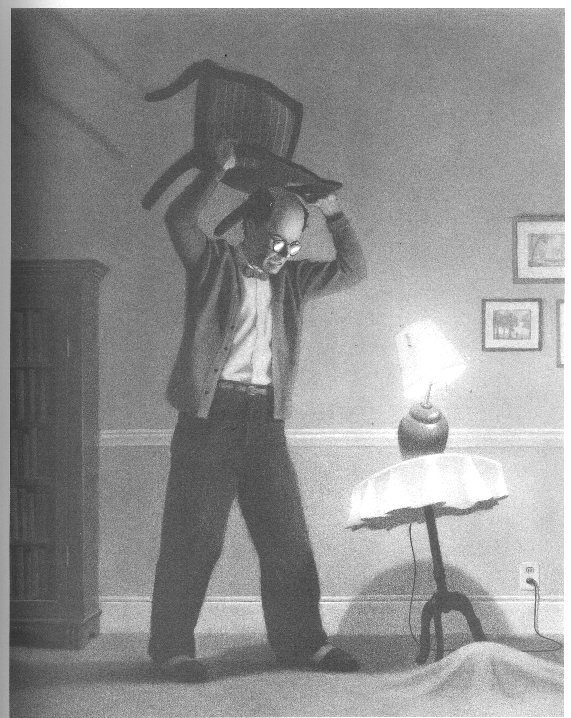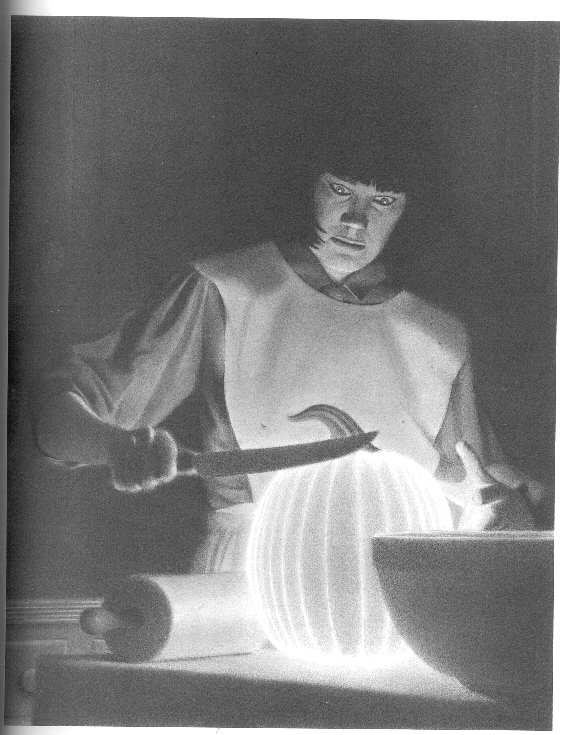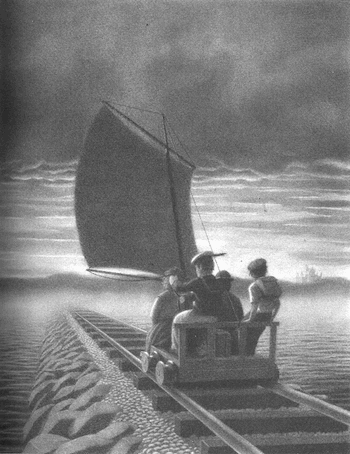Strategies to Help Students Generate New Ideas During Writer's Workshop
Love podcasts? Listen to this post in audio form on The Classroom Commute Podcast

I've been guilty more than once of spoon feeding my students ideas for what to write about when they claim they have nothing to write about.
Sometimes we DO need to give students a topic to write about, but we also want to give students the freedom to write about their own topics of interests and be inspired on their own for what to write about.
Today's post is going to give you some writing strategies to pass along to your own students for generating their own ideas for their writing.
GENERATING WRITING IDEAS WITH PICTURE INSPIRATION:
We've all heard the phrase "a picture is worth a thousand words," and this first writing strategy puts that phrase to work! Writers can get inspiration in the images that they see on a daily basis. A specific image might spark an idea for a character or story plot that can be used in a student's next writing piece.
To begin teaching this strategy, I show students a variety of images that I think might spark inspiration. I love using the book The Mysteries of Harris Burdick by Chris Van Allsburg (affiliate link). The book is loaded with images that just beg for questions. Here are just a few images from the book:
Each one piques our curiosity and has the potential to be written into a story. I collect several copies of the book (or if you have a scanner/printer), you can make multiple copies of each image) and divide students into groups. I provide each group with several post-it notes. I have students look through the images and on each one, they write either an idea, a question, or a potential story plot on the post-it note and stick it to the picture.
We gather back together after groups have had time to explore the book and each group shares their ideas with the rest of the class. Students walk away with LOADS of writing ideas! This activity is especially effective if your students are working on writing mysteries.
GENERATING WRITING IDEAS THROUGH "WATERMELON SEED WRITING"
Many teachers have used the analogy of a watermelon when thinking about main idea (the large piece of watermelon) and details (the individual seeds). I like to use this analogy with students when it comes to organizing their writing ideas into thoughts.
I teach students that we can create an entire writing piece from one single thought by taking the larger, broader idea, and expanding upon it. The book, The Relatives Came (affiliate link) is a perfect model for introducing watermelon seed writing. In the story, the narrator recounts a time when her relatives came to visit. She then goes into great detail on what they did when the relatives came, how everyone acted, what they talked about...etc...
This book shows students how to expand upon a simple moment in time to create an entire story from it. I use the watermelon graphic organizer from my Getting Started in Writer's Workshop unit that you see above to help students organize their thoughts.
GENERATING IDEAS FROM OTHER AUTHORS:
A third strategy to teach your students for generating ideas is to get inspired by what other authors have already written about. This can go for both fiction and nonfiction. Students might read a book about sharks and be inspired to write a poem including information that they've learned from the book they read.
They can also be inspired to write a sequel to a book they've completed. I use the book Jumanji (affiliate link) by Chris Van Allsburg to help illustrate this strategy. The book is about two kids, Peter and Judy, who first found the game—Jumanji—with the instructions that once the game is started, it must be finished or it will go on forever. These kids, of course, find themselves in a life-or-death game trying to escape the horrors of Jumanji.
On the last page of the book Van Allsburg shows two new boys years later, one of which is carrying the Jumanji game under his arm, after finding the mysterious game in the woods. The reader is left to wonder what will happen to the boys and if they will suffer the same results as Peter and Judy. This cliff-hanger invites students to "finish the story" with their own thoughts about what might have happened next.
As an extra fun part to this lesson, I also show students the book
Zathura (affiliate link),another book by Chris Van Allsburg written about 20 years later after Jumanji. Zathura picks up where Jumanji left off. I like to show students how Chris Van Allsburg was even inspired by his own book to write a new story.
GENERATING IDEAS FROM WHAT WE ALREADY KNOW:
One final writing strategy that I teach students is to tell them to write about what they already know!
I encourage students to think about personal memories, topics they know a lot about, or a special skill or talent that they have. Students' writing can stem from these things and turn into stories.
Perhaps they can write a narrative of a vacation that they went on, or create a how-to writing piece explaining how to do something that they are really good at. Everyone has a story inside of them!
KEEPING A LIST OF WRITING IDEAS
Once students develop the skill of generating their own ideas using these strategies, they'll begin to think of multiple ideas at time. Encourage them to keep these ideas written down so that they are never at a loss for what to write about. I have my students keep a list in their writer's notebook that we use every day in writer's workshop.
NEED HELP WITH WRITER'S WORKSHOP?
Say no more! I've got an entire unit to walk you through how to launch writer's workshop in your classroom with all the teacher guides and student resources that you'll need to have a successful workshop all year long. Check it out here:










